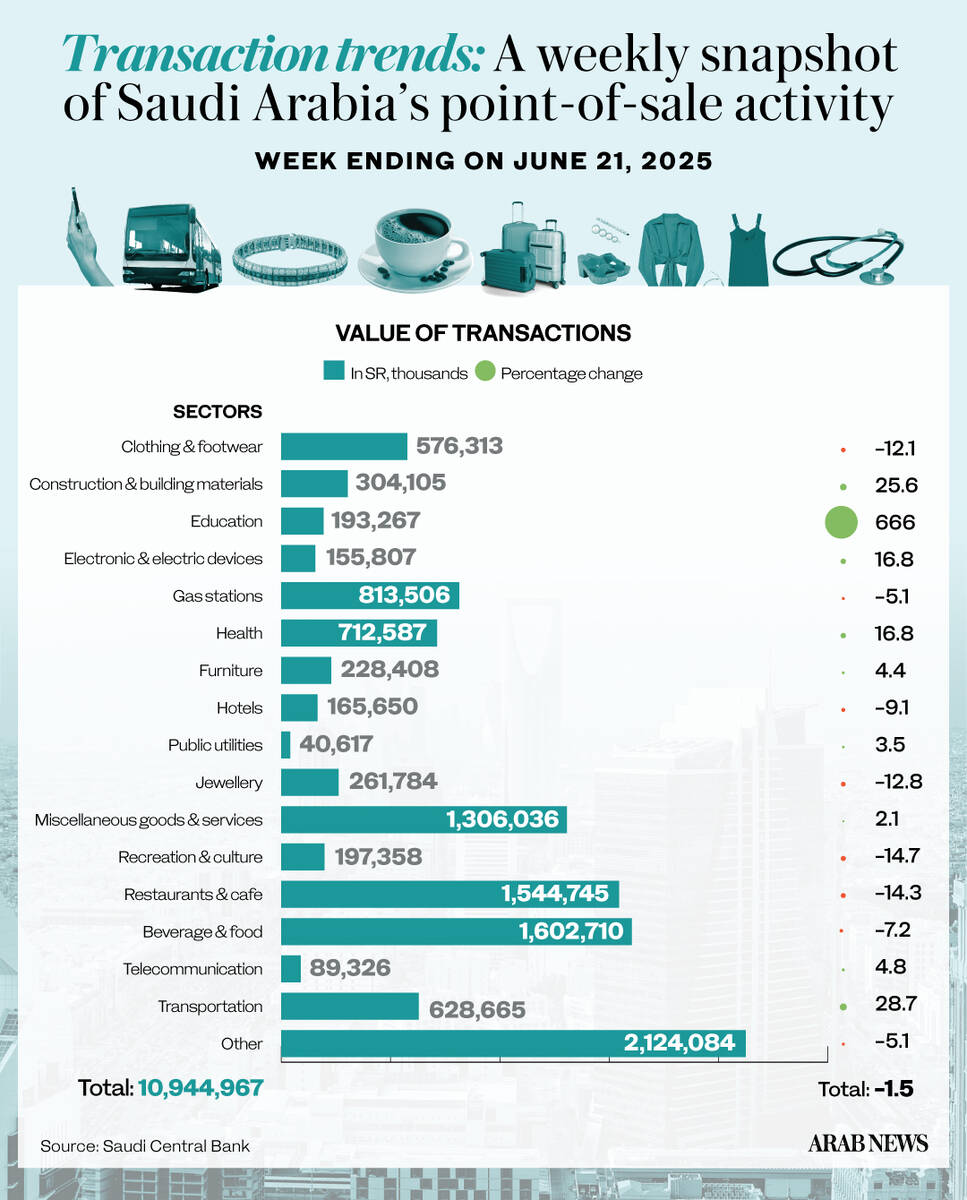RIYADH: The unavailability of certain key data has led Fitch Ratings to withdraw from categorizing Lebanon, as the agency no longer has sufficient information to maintain its assessment of the nation.
The global credit rating agency has affirmed Lebanon’s long-term foreign and local-currency issuer default ratings as restricted and has subsequently withdrawn the nation’s IDR and country ceiling.
Restricted default indicates a country has neglected specific financial obligations while continuing to meet others.
This means that the agency has confirmed Lebanon’s long-term debt ratings as restricted and ceased providing assessments and analysis for the country due to insufficient data.
Lebanon has been in default on its foreign-currency obligations since March 2020, significantly influencing its rating assessment.
The government’s failure to repay the Eurobond, which was due on March 9, 2020, led to its categorization as restricted default.
“The government has stopped servicing its outstanding stock of Eurobonds pending a debt restructuring,” the agency said.
The local-currency IDRs remain in restricted default due to the government’s failure to resume interest payments on Banque du Liban’s holdings of local-currency securities despite continuing to serve local-currency debt to private creditors.
Fitch also stated that the authorities have not initiated a local-currency debt restructuring.
The agency’s decision to withdraw Lebanon’s ratings was driven by the issuer’s cessation of publishing national accounts and fiscal data, which are now only available up to 2021.
This lack of up-to-date financial information has made it unfeasible for Fitch to maintain accurate ratings.
The agency added that Lebanon’s environmental, social, and governance relevance score for political stability and rights and for the rule of law, institutional and regulatory quality, and control of corruption stands at five.
This reflects the high impact of the World Bank Governance Indicators in Fitch’s Sovereign Rating Model.
“Lebanon has a low WBGI ranking at 14.8, reflecting the absence of a recent track record of peaceful political transitions, relatively weak rights for participation in the political process, weak institutional capacity, uneven application of the rule of law and a high level of corruption,” the agency added.





























